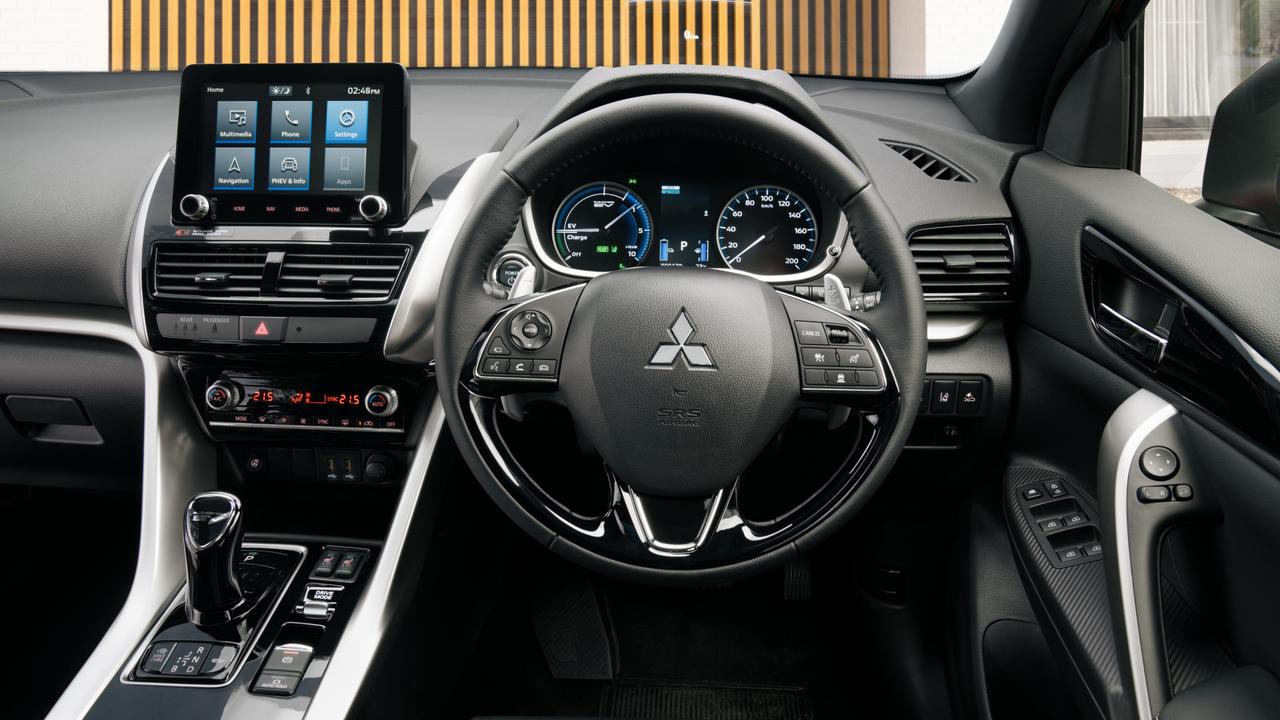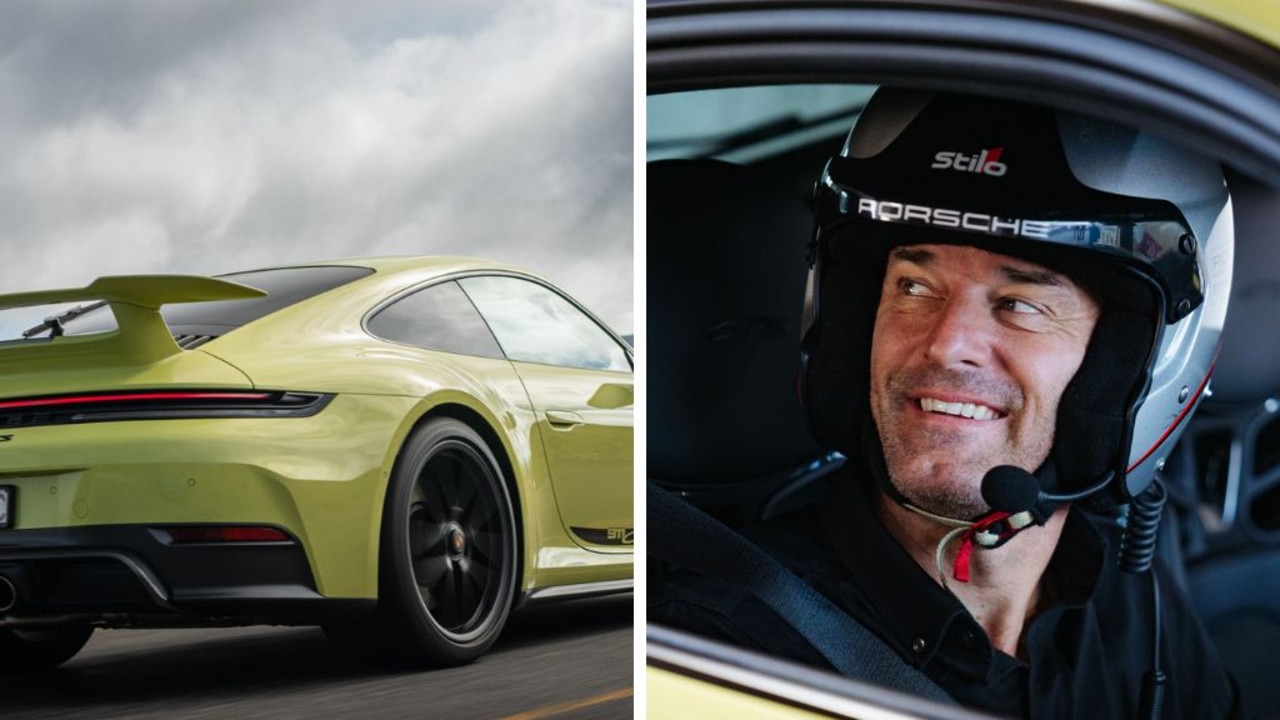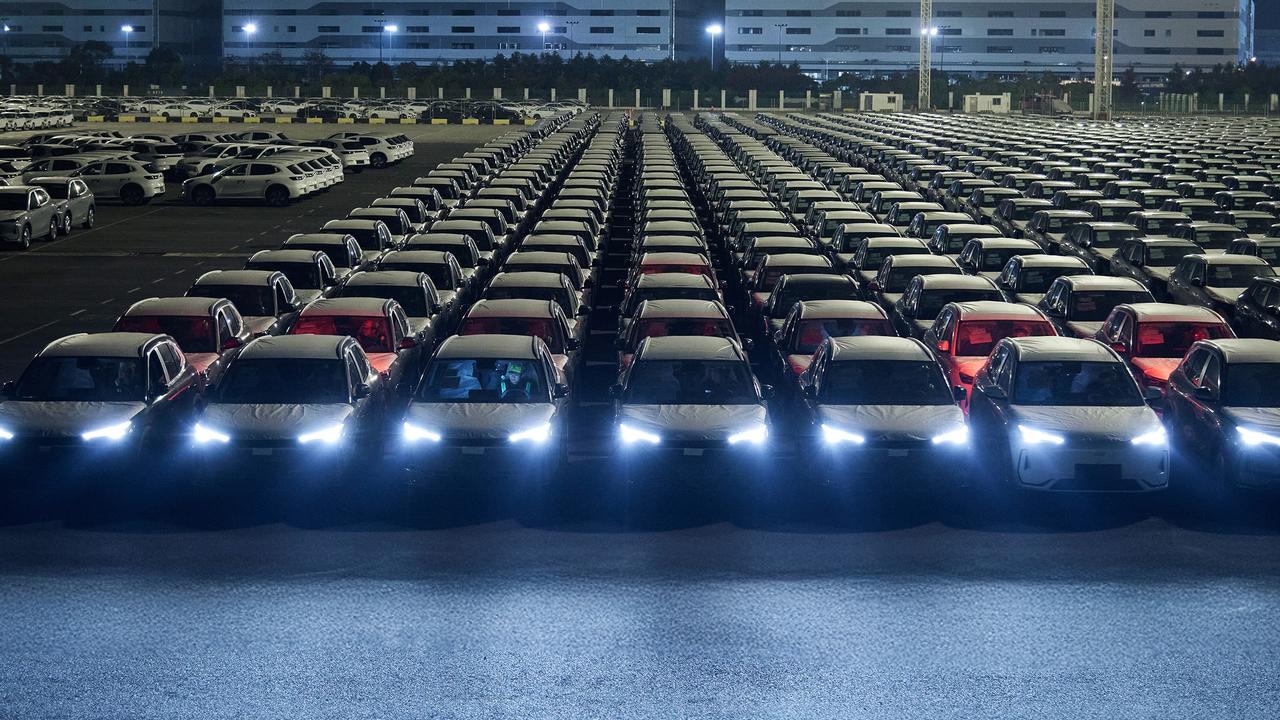Mitsubishi Eclipse Cross Exceed PHEV review
This modern SUV hopes to appeal to all motorists - including electric car fans and folks who prefer traditional power.

Mitsubishi dominates the plug-in hybrid market with its Outlander PHEV and this smaller Eclipse Cross PHEV. We family test the range topping Exceed.
FIRST IMPRESSIONS
IAIN: Never thought I’d see a Mitsubishi small SUV cost more than $60,000 drive-away.
JULES: The plug-in hybrid premium?
IAIN: Yep. The petrol Eclipse Cross is already a pricier proposition than Mitsubishi’s similar-sized ASX, but our $61,000 on-the-road PHEV with 54km electric range hits prestige brand money.

JULES: Okay, but they won’t be PHEVs. Besides, ours is the Exceed. The entry level’s only $52,000 drive-away.
IAIN: For that money I’d just get an electric car. A Hyundai Kona EV, Peugeot e-2008 GT and new Volvo EX30 are all in the ballpark price-wise.
JULES: What about PHEV rivals?
IAIN: For less than $60k there’s the MG HS Plus plug-in, or Mitsubishi’s own entry-level Outlander PHEV – both bigger SUVs than our Eclipse Cross.
JULES: Anyway. It looks sharp with its front-end bling, arsenal of LED lights and edgy 18-inch alloys. I like the look of it.
IAIN: It’s no design masterpiece, but it’s not boring. And it’s a good size for city and family life.

THE LIVING SPACE
JULES: It’s leathery and nicely light with a double glass sunroof, but it’s a bit plain for the money.
IAIN: Agreed. It feels plasticky in places and there’s nothing too “wow”.
JULES: But the kit is solid. The seats are powered and heated, the steering wheel’s heated, there’s sat nav and head-up display and visibility’s good.
IAIN: The infotainment screen’s clunky and looks a generation old. It’s only eight inches and CarPlay/Android Auto is wired, plus there’s no wireless phone charging.
THE COMMUTE
JULES: Okay. Here’s where I like PHEVs. Dropping kids at school, heading to the gym and the shops, all done by battery power alone.
IAIN: It’s basically an EV. Smooth, quiet and with ample shove. If you don’t stomp on the throttle the petrol engine never wakens and you can travel a claimed 54km purely on electric.
JULES: Which most daily drives never exceed. There are paddle shifters to increase regeneration. In the strongest setting it comes to a complete stop without needing the brake pedal.
IAIN: It’s a lovely town car. When the battery’s drained the petrol engine chimes in smoothly. But when it’s petrol only, on the highway, it feels hardworking.
JULES: The ride comfort’s only average and it feels big and heavy in corners for a small SUV.

THE SHOPPING
IAIN: The boot opens and closes electrically and hands-free. I never tire of this wonderfulness.
JULES: But why’s the boot so small?
IAIN: The battery’s underneath and the boot floor lifts to reveal only a charge cable and no spare wheel. Not great.
SUNDAY RUN
JULES: It’s good for parking outside vegan cafes and virtue-signalling how you’re saving the planet.
IAIN: Only if you never use that petrol engine.
JULES: Unlike a full EV, this car doesn’t induce range anxiety. We can make the 120km drive into the city and know refuelling takes only two minutes at a servo.
IAIN: You can save the battery when on the highway, only moving to electric when you reach the traffic or city, where it’s most efficient. Or you can use the petrol engine to recharge the battery, although this drinks fuel.
JULES: I love how the readout says 0L/100km after an EV-only drive. But we returned 7.1L/100km after a 250km Sunday run.
THE FAMILY
IAIN: While the kids have heated rear seats and USB ports, there are no rear air vents. That’s no good for a family car.
JULES: The rear legroom’s good but head space is tight. A huge positive is a boot-mounted 240-volt power outlet, able to power anything from an electric bike to your laptop.
IAIN: Running costs can be zero if you run EV-only and have home solar. But it’ll take a long time to recoup the $61k price.
JULES: Safety’s excellent. The surround-view monitor, blind-spot warning and rear cross-traffic alert are non-negotiables for me.
IAIN: Mitsubishi gives a 10-year warranty as long as you service with them, which isn’t bad at $2245 for the first five.
JULES: Charging at home is fuss-free if you have a garage or off-street parking. You just need to remember to do it.
IAIN: The 13.8kWh battery charges from empty to full in seven hours using a domestic socket. Find a public charger and you’re at 80 per cent in 25 minutes – ideal for a quick supermarket shop.

THE VERDICT
JULES: If it’s an urban car running nearly always on electric, the Eclipse Cross makes perfect sense. It’s not sexy, but it’s smooth and easy to live with.
IAIN: For some it’ll work perfectly, but I’d say, for the money, most should commit to a full EV or buy a good hybrid. There are many better cars out there for $60k.
MITSUBISHI ECLIPSE CROSS PHEV EXCEED
PRICE About $61,000 drive-away (pricey)
WARRANTY AND SERVICING 10 years/200,000 km warranty (excellent), $2245 for 5 years/75,000km (not cheap)
ENGINE 2.4-litre 4-cyl petrol with two electric motors, 130kW/322Nm combined (smooth and zesty)
SAFETY Seven airbags, auto emergency braking, lane-departure warning, surround-view monitor, adaptive cruise control, rear cross-traffic alert, blind-spot warning (very good)
THIRST 1.9L/100km (superb in town)
SPARE Repair kit (poor)
BOOT 359-626 litres (small)



